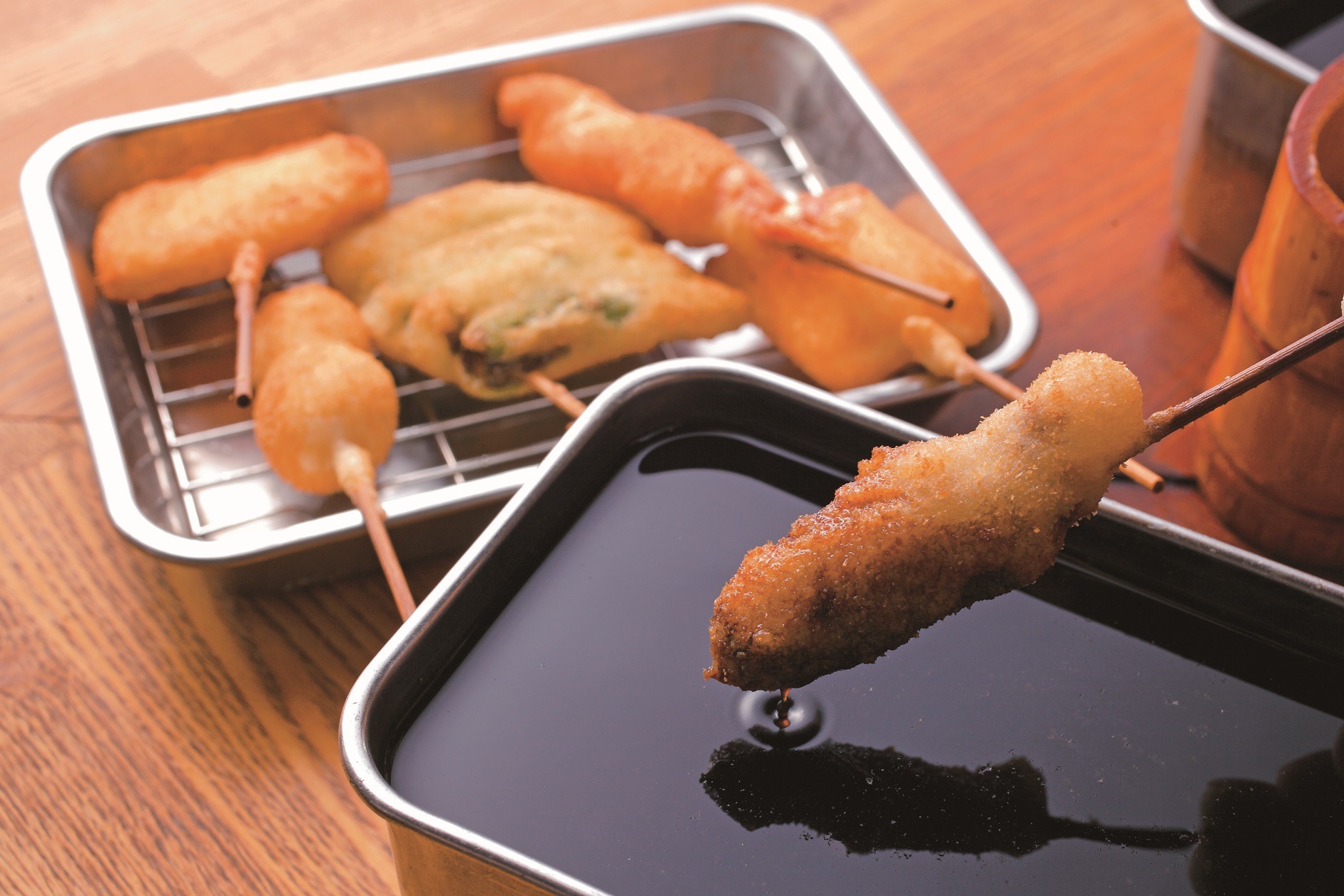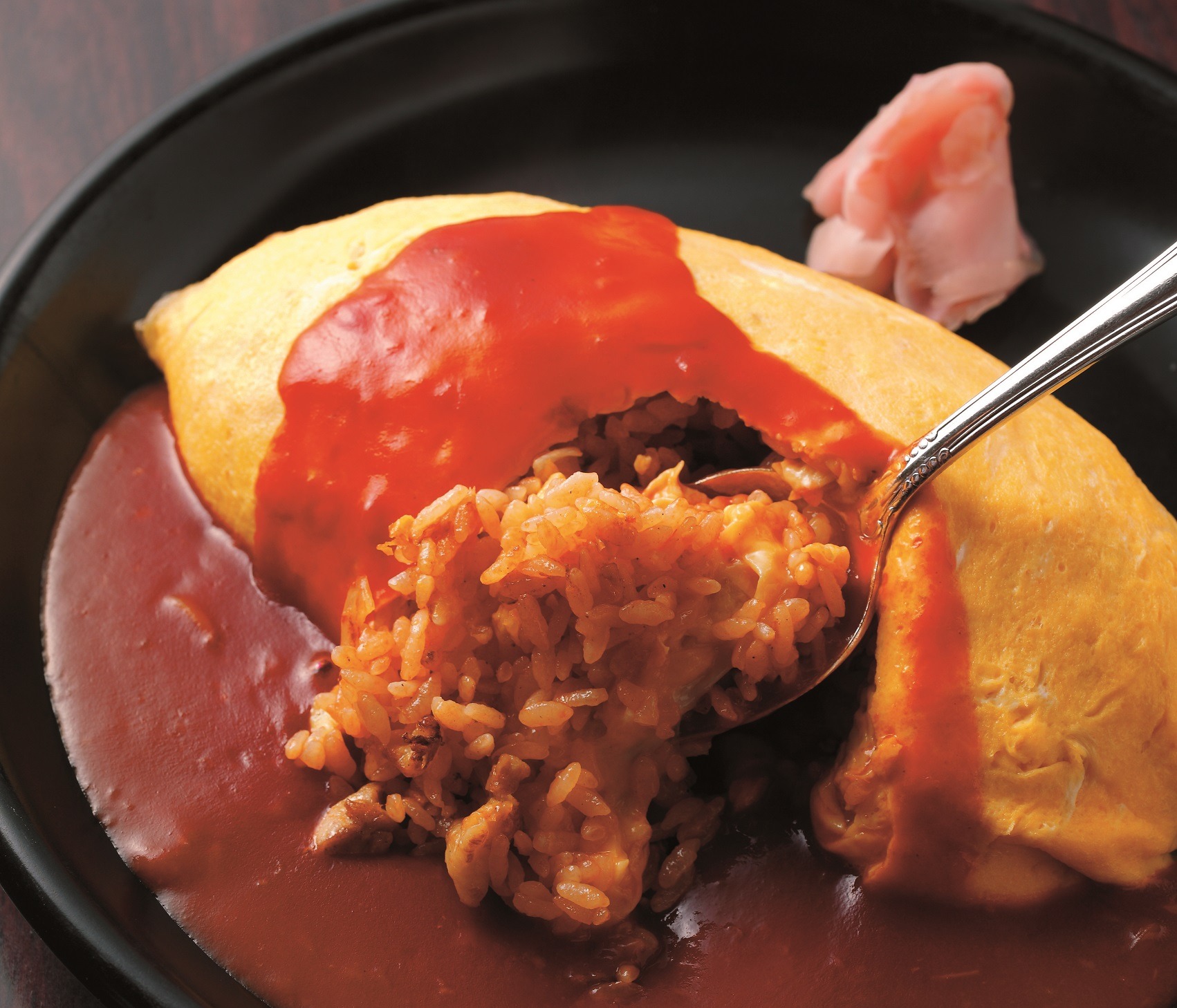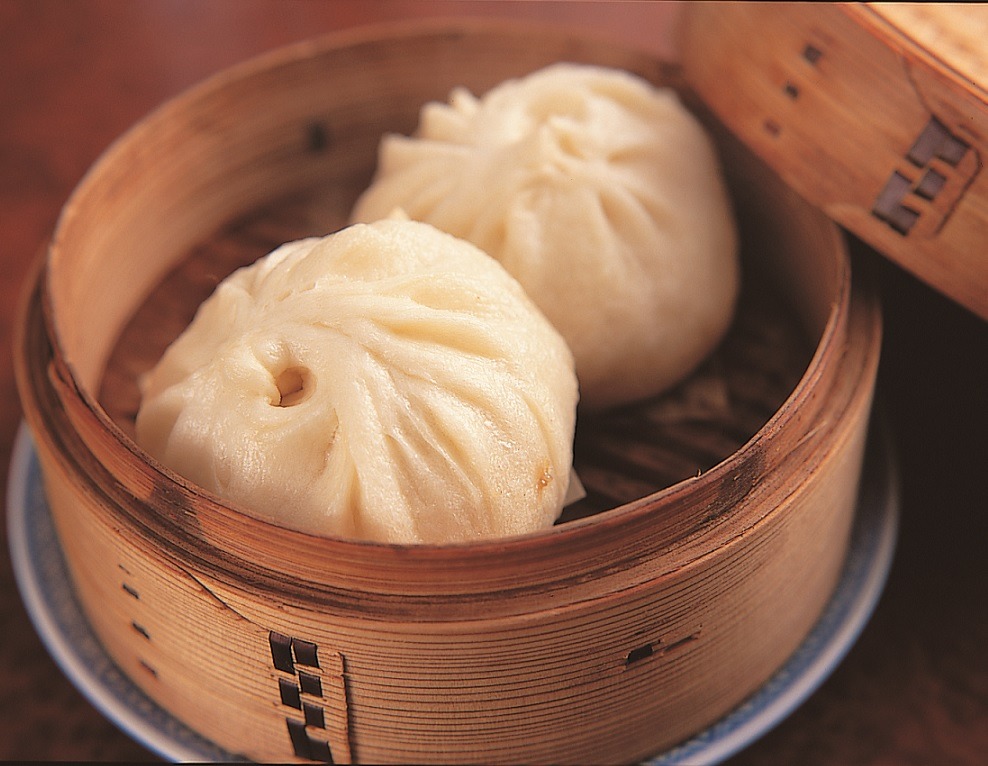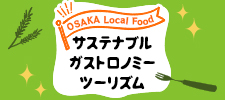Kushikatsu

Osaka's kushikatsu is famous for its "no double dipping" rule. Meat and vegetables are skewered, coated with a batter of wheat flour dissolved in water and breadcrumbs, and deep-fried.
Janjan Yokocho in Shinsekai, the home of Tsutenkaku Tower, is known as the city of kushikatsu and is lined with long-established restaurants that were founded shortly after the war, as well as popular restaurants that have long lines of people waiting to get in.

The casual atmosphere at the counter allows you to eat all you can eat the cabbage on the side, even if you don't want to double dip the sauce in the vat. There is a wide variety of ingredients, including beef, shrimp, asparagus, eggs, and cheese.
You can enjoy it along with the texture of the crispy batter, which is the star of the dish. There are many kushikatsu specialty restaurants not only in Shinsekai but also in Osaka. There are not only lively bar-style restaurants where double-dipping is prohibited, but also unique kushikatsu specialty restaurants that have been elevated to creative delicacies.
Other recommended gourmet foods
-
 Udon (I like udon)
Udon (I like udon)Osaka's udon noodles are appealing because of the harmony between the soft texture of the noodles and the gentle combination of kelp and bonito flakes.
-
 Takoyaki
TakoyakiTakoyaki is Osaka's representative fast food that can be bought at a food stall and easily eaten on a street corner. It has a surprisingly short history, and it is said that the number of stores began to increase in the town in the 1950s.
-
 Osaka sushi
Osaka sushiThe representative dish of Osaka sushi is box sushi. It is a type of ``oshizushi'' in which the ingredients are placed in a mold along with vinegared rice and pressed together.
-
 Omelette rice
Omelette riceThe owner felt sorry for his regular customers who had stomach problems and had to eat omelets and white rice every day, so when he served ketchup rice wrapped in a thinly-cooked egg, the customers were overjoyed.
-
 Okonomiyaki
OkonomiyakiAlong with takoyaki, it is a soul food for Osaka people. The same goes for dissolving the flour in the soup stock, cabbage is essential, pork is popular, and as the name okonomiyaki suggests, you can use whatever you like. Spread the dough flat on the iron plate and bake it.
-
 Kappo cuisine
Kappo cuisineThe Japanese restaurant style that flourished during the Edo period began to go out of fashion, and the Japanese style was born as people sought Japanese restaurants that could be enjoyed more casually.
-
 paper pot
paper potThe mysterious paper pot also originated in Osaka. Anyone would be surprised to hear that you can set paper on fire.
-
 Conveyor belt sushi
Conveyor belt sushiSmall plates of sushi flow on a conveyor, and customers pick up the pieces they like and eat them. The casual, semi-self-service style with inexpensive and transparent checkout is easy to use for families and tourists alike, making it extremely popular.
-
 Pork bun
Pork bunAfter the Meiji Restoration, it is said that the Chinese steamed buns that were introduced to Chinatown were adapted to suit the tastes of the Japanese people.


